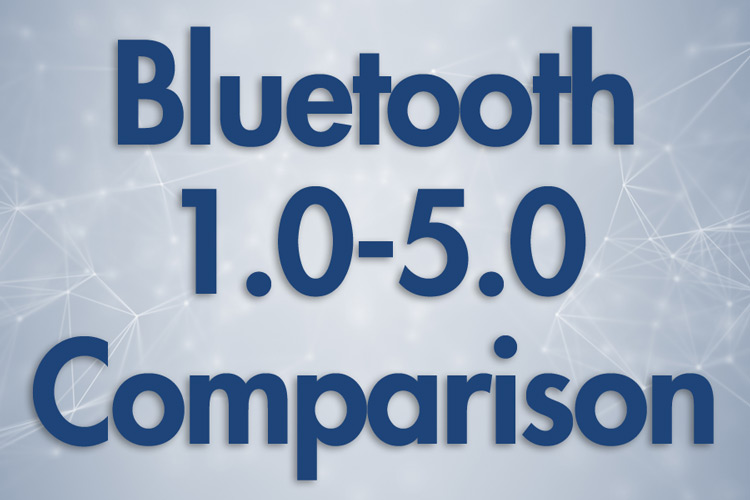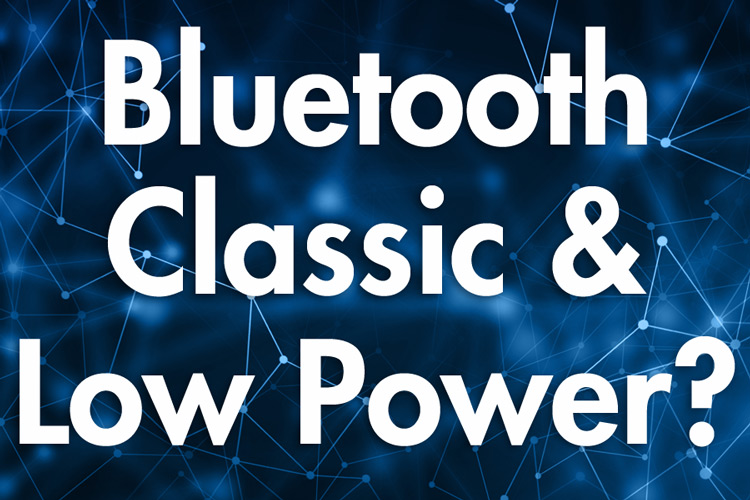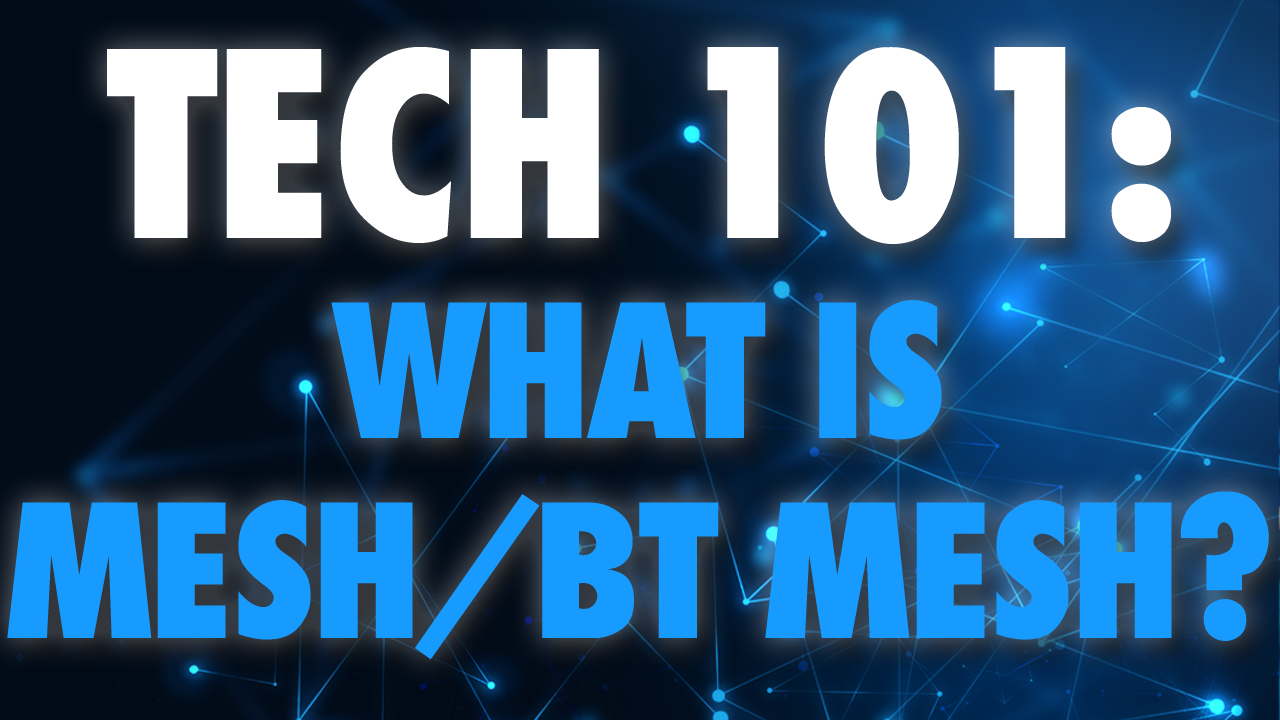- Home
- Symmetry Blog
- Bluetooth 1.0 vs 2.0 vs 3.0 vs 4.0 vs 5.0 - How They Compare | Symmetry Blog
Bluetooth 1.0 vs 2.0 vs 3.0 vs 4.0 vs 5.0 - How They Compare | Symmetry Blog
About Augustine Nguyen

Augustine Nguyen, Applications Engineer at Symmetry Electronics, gives a short history on the evolution of Bluetooth and BLE. Read about the differences between Bluetooth versions.
The Different Versions of Bluetooth
Since the advent of version 1.0 in 1999, Bluetooth has seen many revisions in its technology. While its original purpose was to replace wired serial communication, the methods of transmission have evolved over each iteration of Bluetooth. This article will provide an overview on how Bluetooth has changed over the past 20 years.
Version 1.0 – 3.0: Bluetooth Classic
When we talk about each iteration of Bluetooth, three factors help distinguish between the different versions: range, data speed and power consumption. These factors are determined by the modulation scheme and data packet being used. When the first version of Bluetooth came out, it paved the way for the wireless headphones, speakers and game controllers that we use today. However, back then Bluetooth 1.0 was far slower than what we have now. Data speeds capped off at 1 Mbps and the range only reached as far as 10 meters.
The first version of Bluetooth used a modulation scheme called Gaussian Frequency Shift Keying (GFSK). With GFSK, the modulated carrier shifts between two frequencies representing 1s and 0s.
When Bluetooth 2.0 came out, GFSK was taken out in favor of two newer schemes: p/4-DQPSK and 8DPSK, which used changes in the waveforms’ phase to carry information, as opposed to frequency modulation. These two schemes resulted in unprecedented data speeds of 2 Mbps and 3 Mbps, respectively. Bluetooth 3.0 further improved data speeds with the addition of 802.11 for up to 24 Mbps of data transfer, although this was not a mandatory part of the 3.0 specification.
The results were game-changing. Short-range wireless solutions could now provide reliable, high speed connection, opening up to possibilities of major technological advancement in wireless devices.
However, one significant still prevented early versions of Bluetooth from widespread IoT integration: power consumption. Because of the large amount of energy that was required from Bluetooth versions 1.0 – 3.0, also known as Bluetooth Classic, small devices would continue to suffer from short battery life, making early versions of Bluetooth impractical for IoT use.
Versions 4.0 – 5.0: Bluetooth Low Energy
In order to meet the increasing demand for wireless connectivity between small devices, Bluetooth 4.0 was introduced to the market with a new category of Bluetooth: Bluetooth Low Energy (BLE). Geared towards applications requiring low power consumption, BLE returns to a lower data throughput of 1Mbps using the GFSK modulation scheme. Although BLE’s max data throughput of 1Mbps may not be suitable for products that require a continuous stream of data like wireless headphones, other IoT applications only need to send small bits of data periodically. An example are fitness wearables that relay small amounts of temperature data to your smartphone only when requested (from a mobile app, perhaps). With the focus on keeping energy demands low, Bluetooth Low Energy makes many coin-cell battery-operated IoT applications (e.g., beacons) feasible.
The most recent version of the Bluetooth protocol, Bluetooth 5, is an improvement upon the previous BLE standards. It is still geared towards low powered applications, but improves upon BLE’s data rate and range. Unlike version 4.0, Bluetooth 5 offers four different data rates to accommodate a variety of transmission ranges: 2Mbps, 1Mbps, 500kbps, 125kbps. Because an increase in transmission range requires a reduction in data rate, the lower data rate of 125kbps was added to support applications that benefit more from improved range. For example, tiny sensors are not required to send large amounts of data, so reducing the data rate allows these sensors to transfer information as far as 240 meters. In contrast, the option to transmit data at 2Mbps is geared towards applications where the range is expected to be short but can greatly benefit from the increase in data speed. The flexibility in data speeds offered by Bluetooth 5 allow low powered products to send even more sophisticated data to the end user.
Conclusion
As the Internet of Things expands, Bluetooth will continue to expand across the different devices that we use day to day. When Apple killed the headphone jack on their newer iPhones in favor of wireless peripherals, they embraced Bluetooth connectivity as the new standard of audio connectivity. This trend towards wireless connectivity will eventually spread to all the other devices in our life and Bluetooth will help lead the way.



